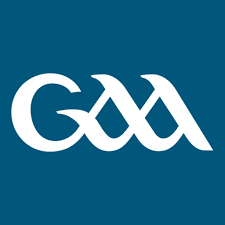THE GAA TODAY
Today, the GAA is a big part of Ireland. There are hundreds of clubs across the world. There are 132 clubs in the United States, 40 of them in New York, 71 in Europe excluding the UK and Ireland, 64 in Australia and 22 in Asia. In the United Kingdom there are 83 clubs and 31 of them are located in London. Together these figures ,make up 20% of the number of GAA clubs. In Ireland, Cork has the most clubs with 259, followed by Dublin with 134 and Antrim with 108. Due to its population, Leitrim has only 24 GAA clubs, the lowest amount in a county.

Image of Croke Park from: https://commons.wikimedia.org/wiki/File:Croke_Park_from_the_hill.jpg
Croke Park was opened in 1884 and was named after Archbishop Thomas Croke and is located in Dublin 3. Today it is Ireland's largest stadium and Europe's third largest. it is the main stadium and headquarters of the GAA. 'Croker' has a capacity of 82300, 73500 of which are seated. After much controversy, the stadium had developed to host matches and events which are not related to GAA. these include rugby matches, American Football matches, ceremonies and concerts. Today, Croke Park is used very regularly. It also has a museum and Skyline Tour. Croke Park and the GAA have also played a huge role in marking the centinary of the 1916 Easter Rising. This year's Football League Finals, divisions one and two, were played on Sunday 24 April, the exact anniversary of the Easter Rising. As well as this, the GAA wanted to promote the Irish flag, culture and sport in honour to mark this historic event. They hosted a once-off show called 'Laochra', meaning heroes. Over 3500 people were involved and it told the history of Ireland through song and dance. The GAA have also been celebrating their own history this year in addition to the Easter Rising.





